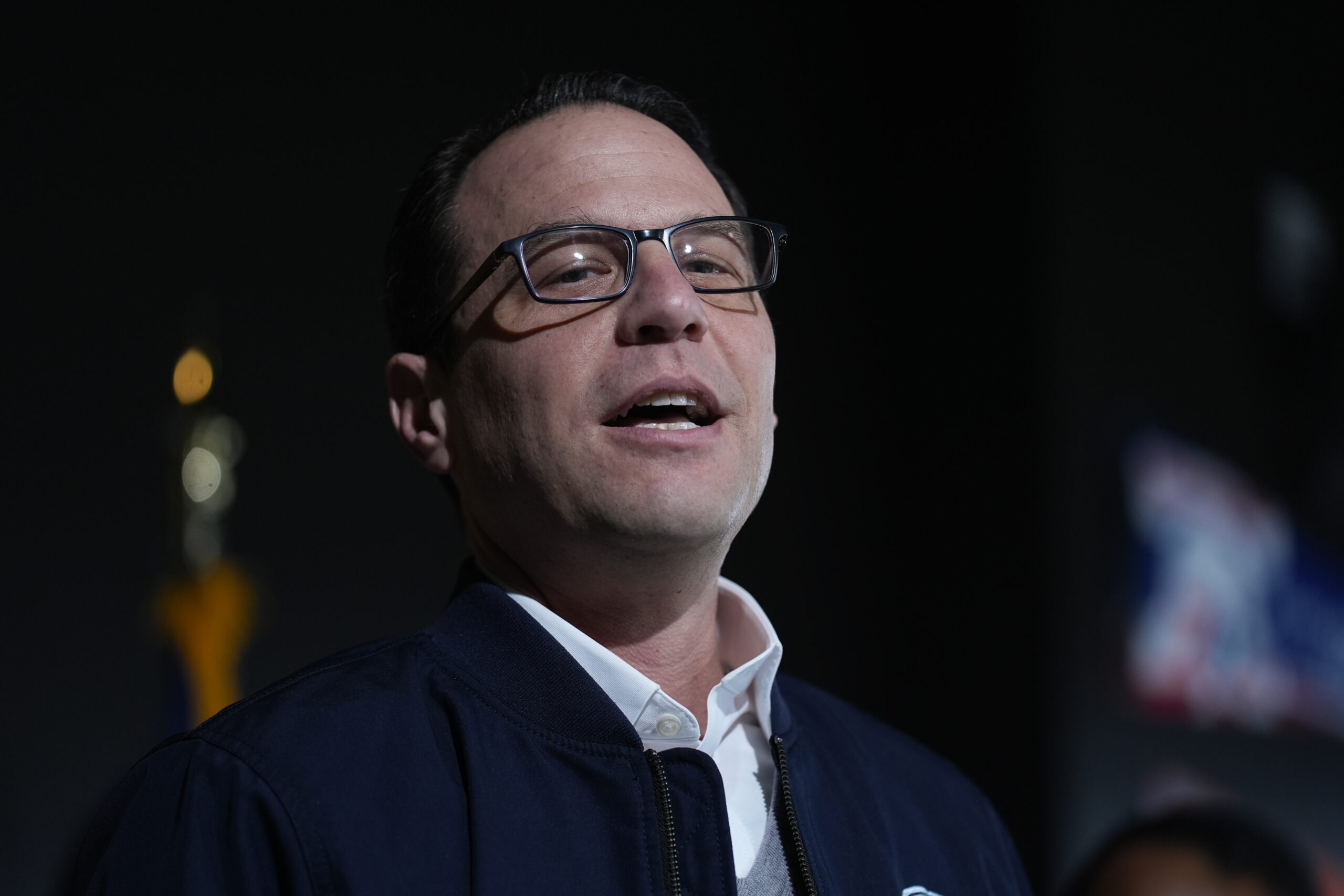

(The Center Square) – Gov. Josh Shapiro wants to spend $1.1 billion more on education during his second year in office.
It’s the first installment in a multi-year, multi-billion dollar plan to fulfill the state’s constitutional duty to fund poor and wealthy school districts equitably, while also paying for building repairs, and special and early education programs.
For the remaining two years of his administration, however, budget documents show no additional boosts when projecting future spending.
Critics say this is unrealistic given the state’s mounting investment into public schools and private tuition tax credits. So why does the administration balance the books this way?
It’s unclear. The Center Square reached out to the governor’s office for comment, but did not receive a response.
For House Republicans’ most vocal budget analyzer, however, he believes it’s a dishonest way to conceal the real depth of the budget deficit that lies ahead.
“So he has said in his budget address we need to follow the basic education funding report,” said Rep. Seth Grove, R-York. “We need to do the billion dollars a year in year out. That’s his statement into that. So if you’re stating you should be doing that, his budget documents should reflect.”
He clarified that education policy isn’t the only program where future projections show no growth, but said the administration’s documents are misleading nonetheless.
“You should build that into your budget documents and be honest with people,” Grove said. “You should be able to say ‘this is what we’re spending and this is what we’re getting for it.’ It’s not, that’s not a hard concept and they refused to do that in last year’s budget or this year’s budget.”
Shapiro said during his Feb. 6 budget address that his proposal “follows the contours” of recommendations approved by the Basic Education Funding Commission to increase support in poorer districts by at least $200 million each year, plus $1.5 billion through 2029 to repair aging and dangerous school buildings.
“It should be noted that everyone here – legislators from both parties in both chambers – accepted the remedy the court put forth by virtue of your decision not to appeal that ruling,” Shapiro said. “With that decision, Republican leaders agreed to come to the table and fix the way we fund education.”
Legislative Republicans say they did offer an alternative that didn’t include specific spending amounts due to impending budget deficits that could force tax increases.
“We recognize the need for change in the way education is funded and, through our report, are making recommendations that address the funding formula,” said Rep. Jesse Topper, R-Bedford. “What we are not willing to do is to step outside of our mission as a commission and recommend a specific monetary number. That is the purview of the entirety of the General Assembly and the administration.”
During a budget hearing earlier this week, the Independent Fiscal Office said its financial projections are “reasonable” compared to the administration’s “plausible” numbers.
IFO projections expect a $4.2 billion budget deficit in 2024-25 with current policy, rising to a $6.7 billion deficit in 2028-29. The gap between IFO projections and Shapiro’s estimate is about $1 billion in the current fiscal year, and $4.5 billion by 2028-29.
The Department of Education will meet with lawmakers in the coming weeks to discuss the governor’s plan and other funding priorities.







